50 Years of Advocacy and Support
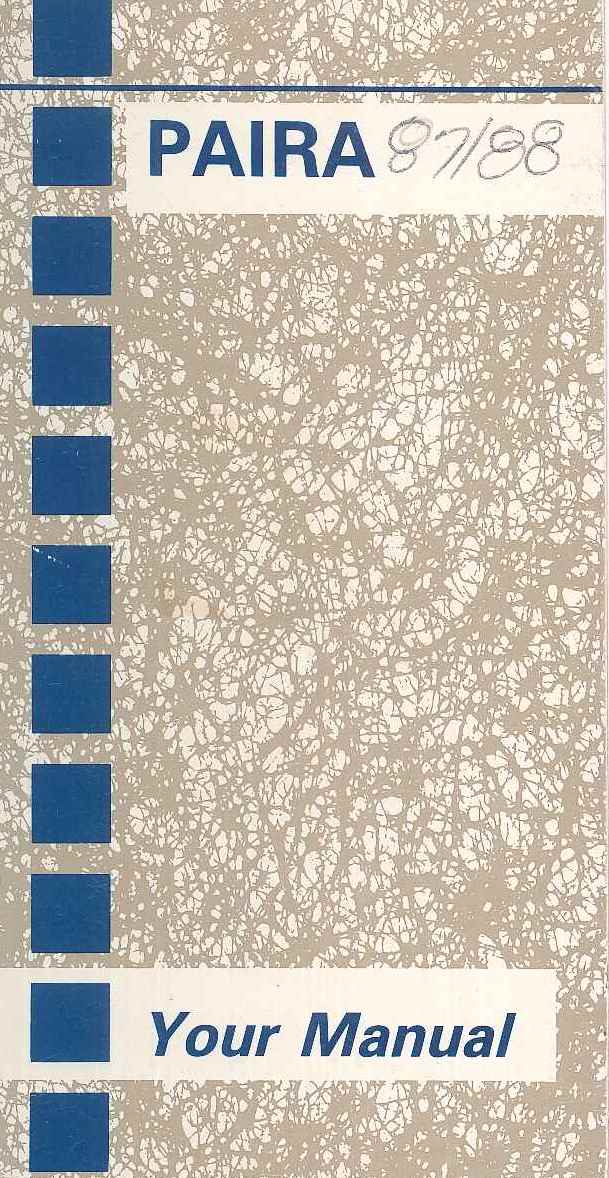
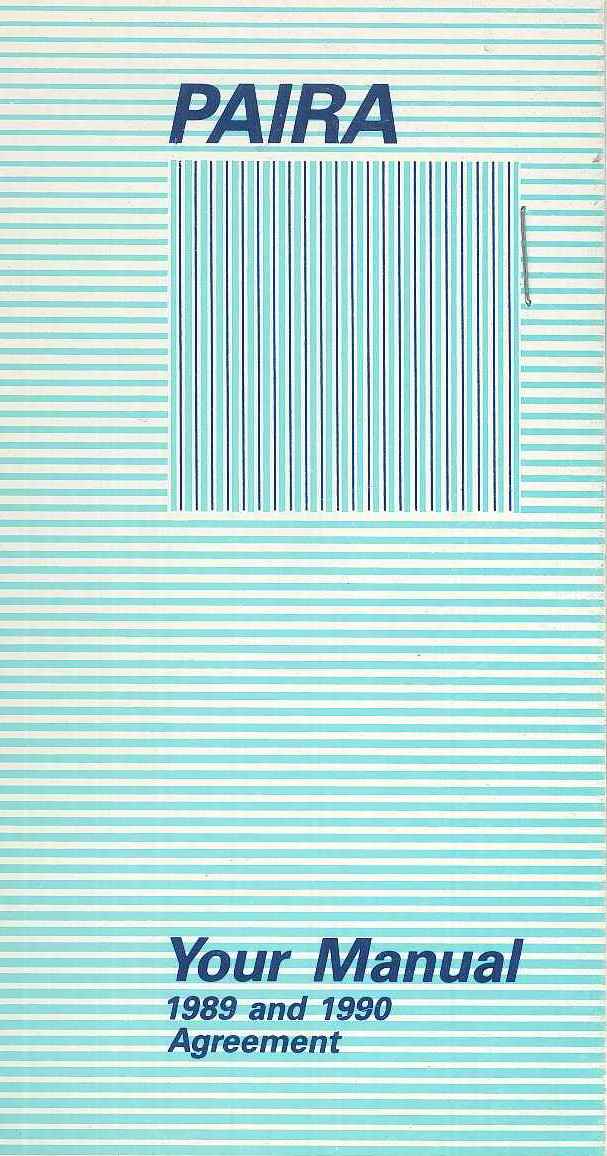
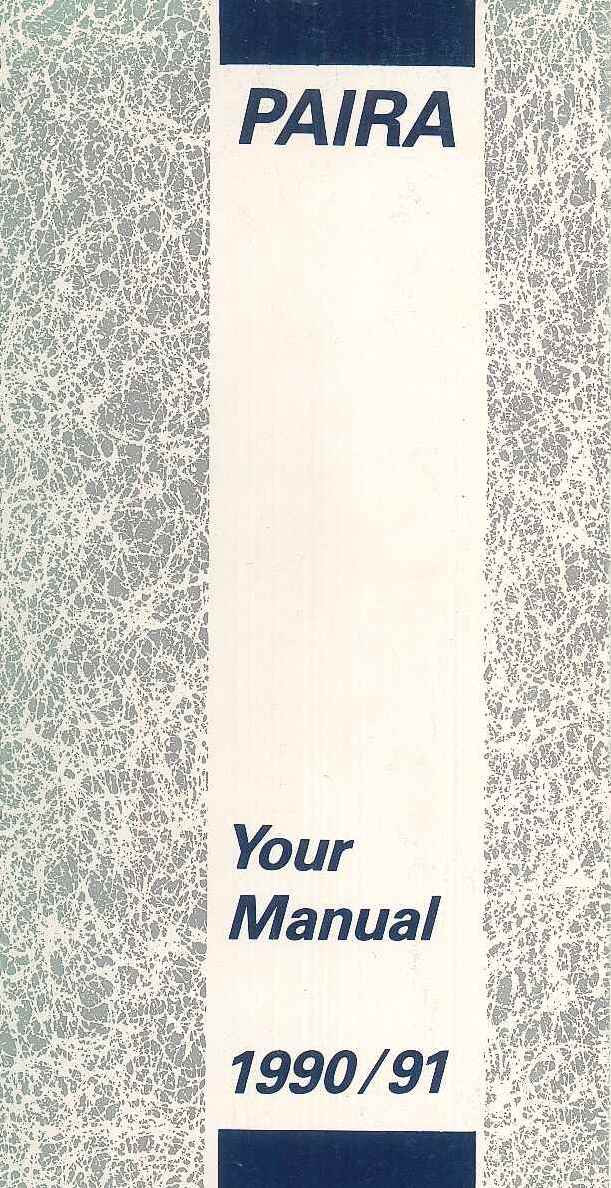
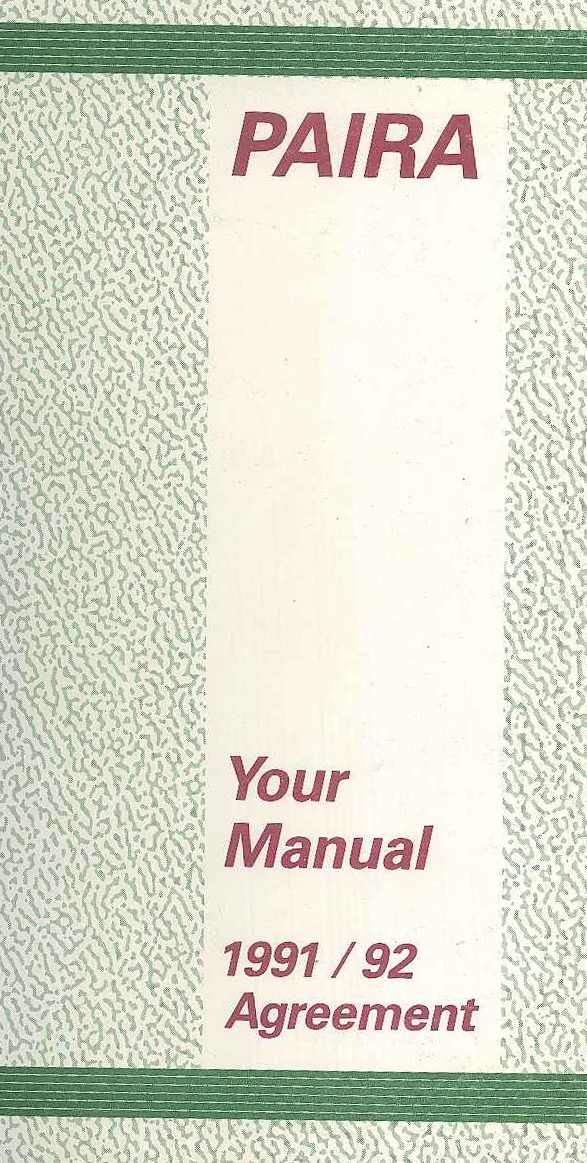
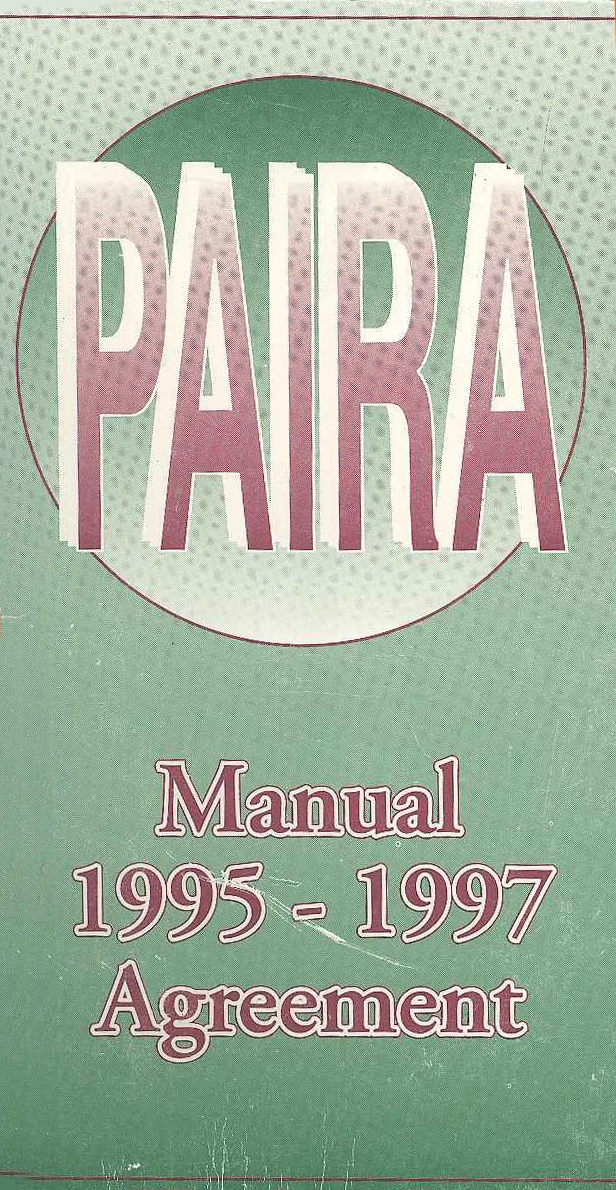
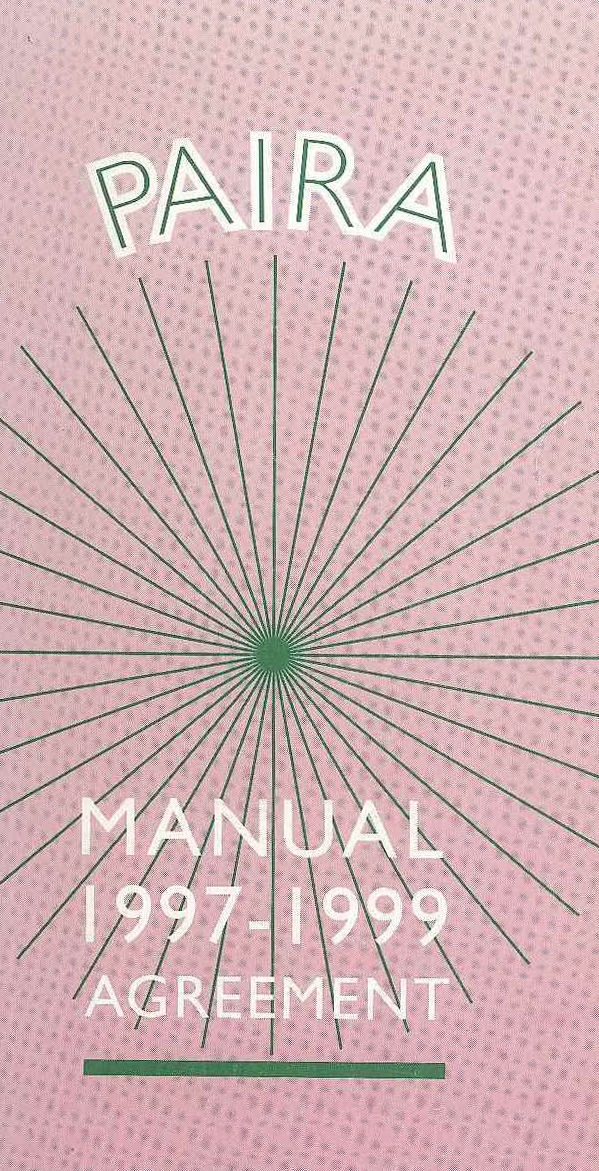
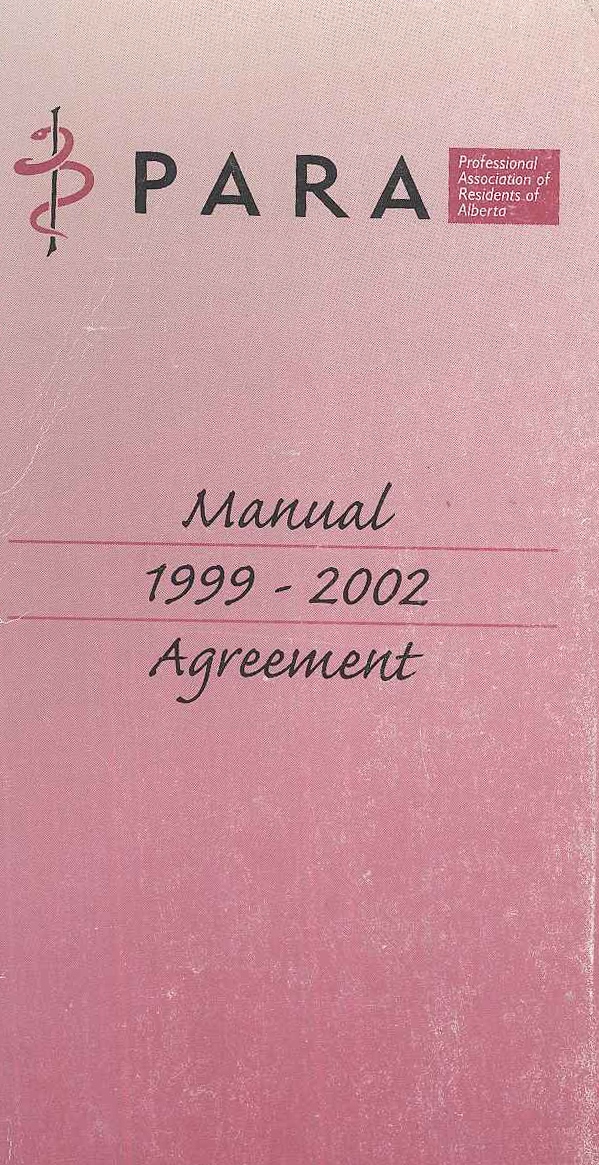
Since its formation under Alberta’s Societies Act in 1975, the Professional Association of Resident Physicians of Alberta (PARA) has advocated for, supported and empowered resident physicians throughout their medical training.
The term “residency” has its roots in the 19th-century practice of resident physicians living in hospitals throughout their training. While the profession has evolved significantly since then, PARA has been there every step of the way; ensuring Alberta’s resident physicians have the resources, representation and voice they need.
Laying the Foundation: The 1970s
PARA began as PAIRA - the Professional Association of Internes and Residents of Alberta - when it was incorporated in 1975. In its earliest days, negotiations with the Alberta Hospitals Association (AHA) were limited in scope. Resident physicians received honorariums rather than salaries and issues such as call rooms and scheduling were excluded from bargaining. This was largely due to provincial labour legislation that excluded individuals practising under the Medical Profession Act from being legally recognized as employees.
Advocacy Amid Challenges: The 1980s
In 1980, PARA attempted to be certified as the union for resident physicians at the University of Alberta. However, the application was opposed by the College of Physicians and Surgeons of Alberta. The Public Service Employee Relations Board ultimately ruled that resident physicians were “students,” not “employees.” Following that decision, the AHA ceased bargaining with PARA altogether.
Rather than accept this setback, PARA mounted a strategic and determined advocacy campaign. With formal labour protections out of reach, the association explored alternative approaches, including the possibility of study sessions and strikes. In a pivotal shift, Alberta’s teaching hospitals withdrew from the AHA’s bargaining structure and formed the Council of Teaching Hospitals of Alberta (COTHA). PARA began negotiating directly with COTHA, continuing until 1995.
One of the most significant gains during this era was the establishment of binding arbitration to resolve disputes. PARA agreed not to pursue work stoppages as long as the right to arbitration was protected - an agreement that, with updates, still underpins negotiations today.
A Changing Health Landscape: The 1990s
In 1995, Alberta’s health system underwent major restructuring. Regional Health Authorities were introduced and Chief Executive Officers were appointed to oversee new administrative regions. In response, COTHA was dissolved and replaced by a new body: the Council of Academic Health Centres of Alberta (the Council). This new group included regional CEOs, the Alberta Cancer Board and the Deans of Medicine from both the University of Alberta and the University of Calgary. PARA began negotiating with this Council on behalf of Alberta’s resident physicians.
On January 1, 1999, PAIRA officially changed its name to PARA, the Professional Association of Resident Physicians of Alberta, reflecting the elimination of internship programs in the province.
Streamlining the System: The 2000s and Beyond
Another significant shift occurred in April 2009, when the Government of Alberta consolidated the province’s regional health authorities into a single governance body: Alberta Health Services (AHS). This change reshaped PARA’s negotiation structure. Since then, PARA has negotiated the Agreement with AHS, the University of Alberta and the University of Calgary.
This collaborative model continues today, ensuring resident physicians’ voices are heard within both their workplaces and academic institutions.
Today’s PARA
What began as a one-staff office has grown into a dynamic team of seven full-time staff, providing a wide range of support, services and programming to more than 1,700 resident physicians across Alberta. PARA continues to evolve - but one thing remains constant: it is shaped by resident physicians and everything we do is grounded in their priorities. Learn more about what PARA offers here.